Emerging markets have taken center stage in the credit world over the past week, just in time to usher in the year of the Horse in China. Here’s what we’ve learned about Horses: they are active and energetic and full of ambition. They are also hot-headed and impatient, and this sure felt like a week where the hot-headed prevailed. Fears about the potential impact of higher rates in Turkey, Brazil, South Africa, and other emerging economies had an obviously negative impact on equities, but also helped to push Treasury bonds higher and credit spreads wider. Total returns in corporate bonds this month are positive on an absolute basis, but excess returns are slightly negative. It has not been a very big move in credit, to be sure. While equities are down about 3%, broadly speaking, credit spreads are just 5 basis points wider. Some sectors, like banks and mining, have seen a little more volatility, but it’s been a modest move so far.
The spread volatility did keep a lid on new issue this week – the market saw just $13 billion in supply, heavily skewed towards the banks. Given the weak tone to the market, deals actually performed reasonably well, and look like they are generally trading a basis points or two tighter – though not without some noise. We expect that the calendar will pick up a little bit next week, as more companies get through earnings season. But if we see further volatility coming from emerging markets, all bets are off. Many high quality issuers were active in tapping the markets in 2013, so there is not a lot of pent-up supply, and you could see a sharp drop in new issue if volatility continues.
To say it has been a wild start to the New Year might be an overstatement. Let’s just hope they aren’t dragging us away before its over…





